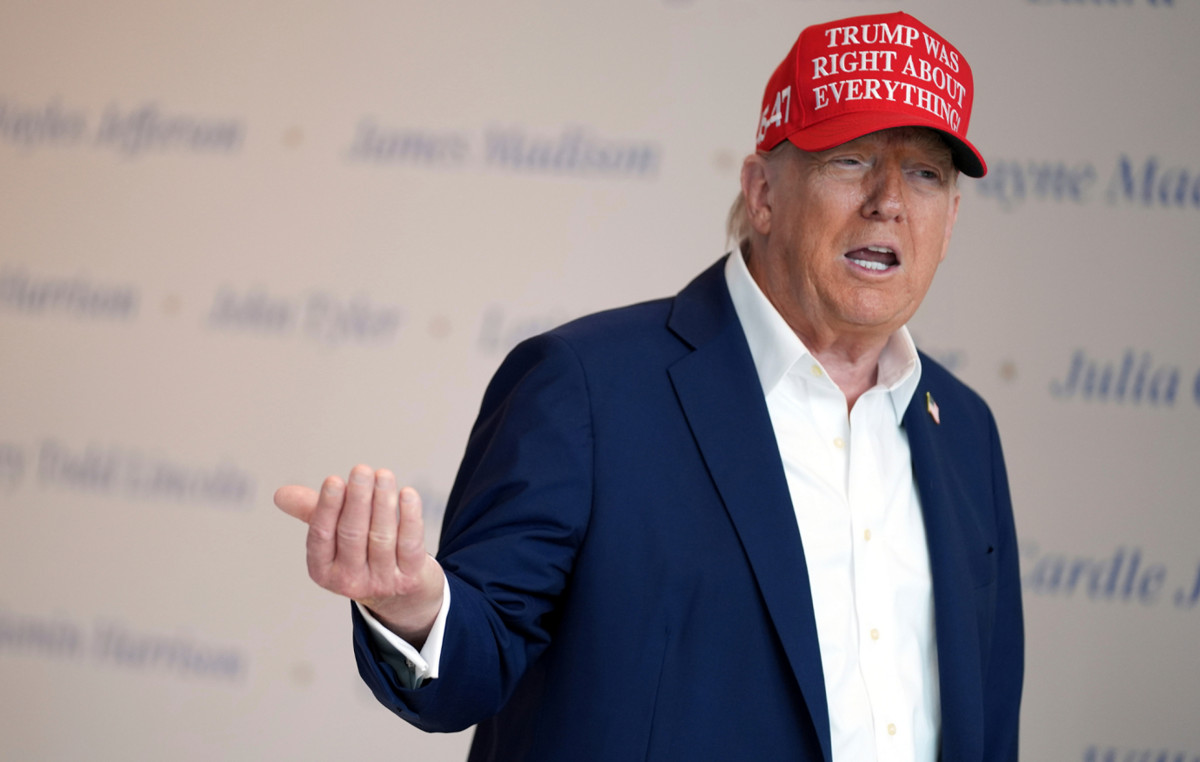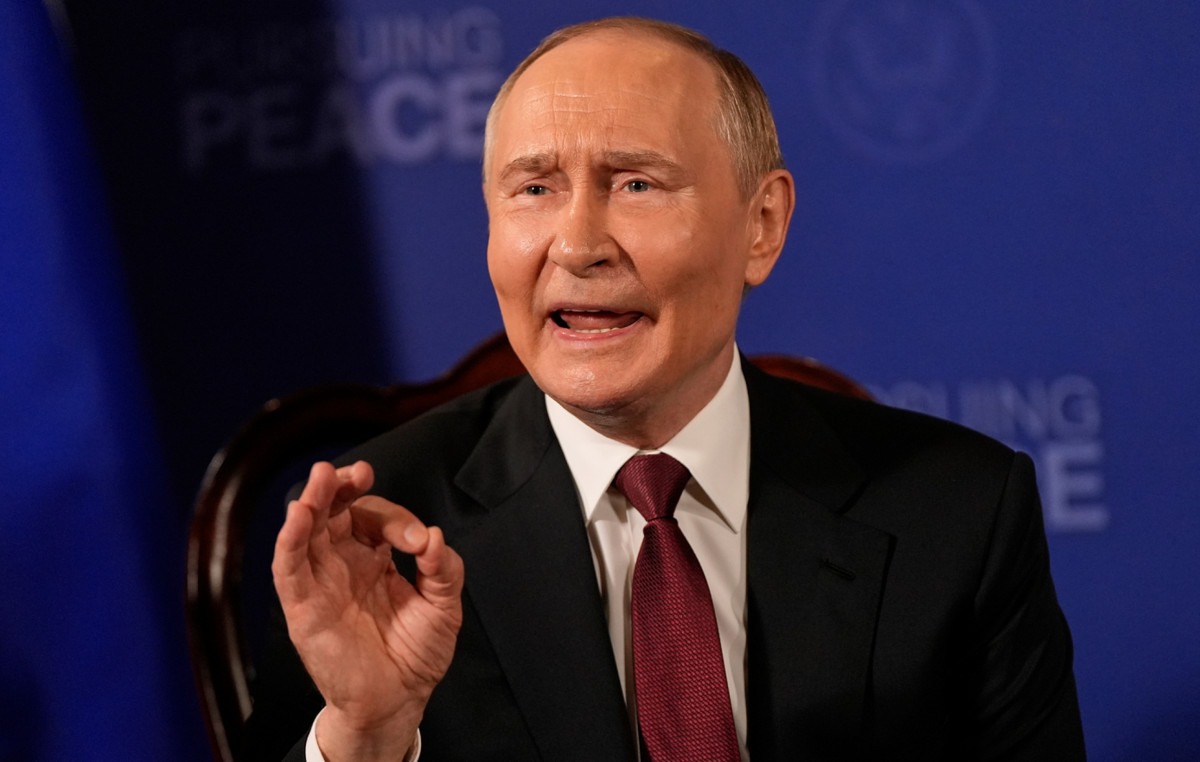- The Dollar sees yields rise to around 5%.
- Investors are focused on Fed Chairman Jerome Powell’s speech on Thursday.
- The DXY Dollar Index seems broken, with no clear direction.
The US Dollar (USD) is becoming a minefield as the clear outlook for the Dollar is becoming very murky. US President Joe Biden’s visit to Israel has not gone as the White House wanted, with an in-person meeting with Jordan’s Crown Prince Abdullah II bin Al-Hussein canceled just hours before the US president touched down in Tel Aviv. Meanwhile, the U.S. rate differential is widening, but not for good reasons: China and Japan sold billions of U.S. holdings in September. Amid all this, US macroeconomic data points to an economy that is beginning to retreat from its best results, leaving traders wondering if a recession is looming.
In terms of data, traders will focus on comments from US Federal Reserve (Fed) Chairman Jerome Powell in his speech at the Economic Club of New York. While some Fed members suggested last week that the central bank was done raising rates, some hawkish comments on Thursday show there is no unanimity on the board’s current stance, meaning Powell will likely abstain. to make notable statements and will leave operators clueless.
Daily Summary: The Dollar Gets Ugly
- This Thursday’s calendar begins at 12:30 GMT with weekly unemployment benefit applications. Initial claims are expected to rise from 209,000 to 212,000. For their part, continued applications will go from 1,702,000 to 1,710,000.
- Also at 12:30 GMT the Philadelphia Fed’s monthly manufacturing survey for the month of October will be published. It is expected that there will continue to be signs of contraction in the region’s manufacturing activity, but less severe than in September, from -13.5 to -6.6.
- Existing home sales for September will be published at 14:00 GMT. Sales are expected to fall from 4.04 million units to 3.89 million.
- All eyes are on the president of the US Fed, Jerome Powell, who will speak around 16:00 GMT at the Economic Club of New York.
- Later this Thursday, there will also be numerous Fed speakers: Chicago Fed President Austan Goolsbee will speak at 17:20 GMT. Around 20:00 GMT, the President of the Atlanta Fed, Raphael Bostic, will speak. Philadelphia Fed President Patrick Harker will speak at 21:30 GMT. Finally, Dallas Fed President Lorie Logan will speak at 23:00 GMT.
- Stock markets are getting worse, while Elon Musk mentioned during Tesla’s earnings that high rates are starting to hurt demand. For its part, the large Chinese real estate company Country Garden has defaulted on a bond payment in dollars. All stocks in Asia are down more than 2%, while European stocks lose about 0.50% and US Futures are down 0.25% overall.
- The CME Group’s FedWatch tool shows that markets are pricing in a 93.9% chance that the Federal Reserve will keep interest rates unchanged at its November meeting.
- The benchmark 10-year US Treasury yield rises to 4.96% as the bond market is rocked by surprising sell-offs in Chinese and Japanese bonds, which totaled $118 billion in September alone.
DXY Dollar Index Technical Analysis: Overvalued for the wrong reasons?
The dollar is entering the twilight zone where it could start to do damage. The US Dollar Index DXY is starting to float, without really breaking up or down. The fact that US 10-year rates are starting to reach 5% is a sign, as 5% often represents a psychological barrier at which an economy could begin to struggle to meet its funding needs.
A bounce above the daily trend line of July 18 could still occur, although this level is starting to move away. Above, 107.19 is an important level. In that case, 109.30 is the next level to watch.
On the bearish side, the recent resistance at 105.88 did not do a good job of supporting any pullback. Instead, target 105.12 to keep the DXY index above 105.00. If it fails, 104.33 will be the best level to look for a resurgence of US Dollar strength, with the 55-day SMA as support level.
US Dollar FAQ
What is the US Dollar?
The United States Dollar (USD) is the official currency of the United States of America, and the “de facto” currency of a significant number of other countries where it is in circulation alongside local banknotes. According to 2022 data, it is the most traded currency in the world, with more than 88% of all global currency exchange operations, equivalent to an average of $6.6 trillion in daily transactions.
After World War II, the USD took over from the pound sterling as the world’s reserve currency.
How do the decisions of the Federal Reserve affect the Dollar?
The single most important factor influencing the value of the US Dollar is monetary policy, which is determined by the Federal Reserve (Fed). The Fed has two mandates: achieve price stability (control inflation) and promote full employment. Your main tool to achieve these two objectives is to adjust interest rates.
When prices rise too quickly and inflation exceeds the 2% target set by the Fed, the Fed raises rates, which favors the price of the dollar. When Inflation falls below 2% or the unemployment rate is too high, the Fed can lower interest rates, which weighs on the Dollar.
What is Quantitative Easing and how does it influence the Dollar?
In extreme situations, the Federal Reserve can also print more dollars and enact quantitative easing (QE). QE is the process by which the Fed substantially increases the flow of credit into a clogged financial system. This is an unconventional policy measure used when credit has dried up because banks do not lend to each other (for fear of counterparty default). It is a last resort when a simple lowering of interest rates is unlikely to achieve the necessary result. It was the Fed’s weapon of choice to combat the credit crunch that occurred during the Great Financial Crisis of 2008. It involves the Fed printing more dollars and using them to buy US government bonds, primarily from financial institutions. QE usually leads to a weakening of the US Dollar.
What is quantitative tightening and how does it influence the US dollar?
Quantitative tightening (QT) is the reverse process by which the Federal Reserve stops purchasing bonds from financial institutions and does not reinvest the principal of maturing portfolio securities in new purchases. It is usually positive for the US dollar.
Source: Fx Street
I am Joshua Winder, a senior-level journalist and editor at World Stock Market. I specialize in covering news related to the stock market and economic trends. With more than 8 years of experience in this field, I have become an expert in financial reporting.







